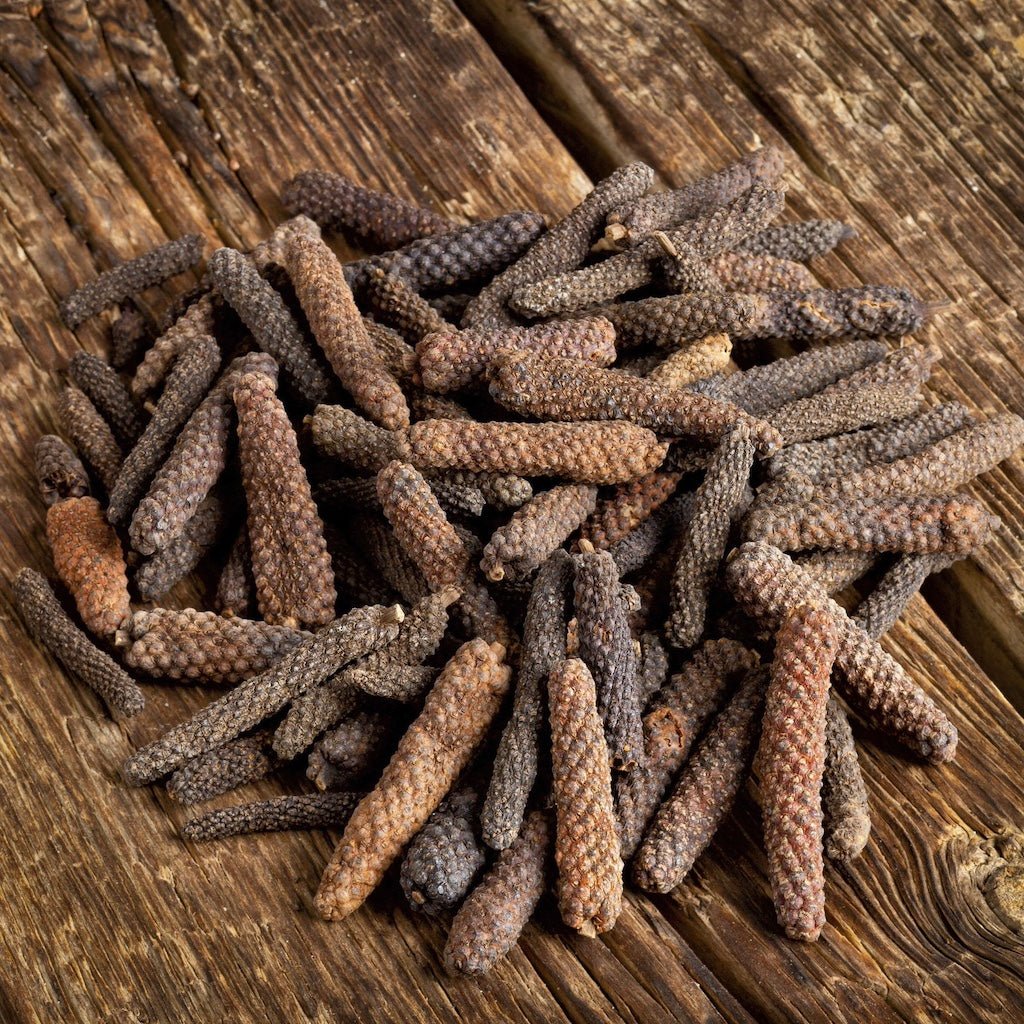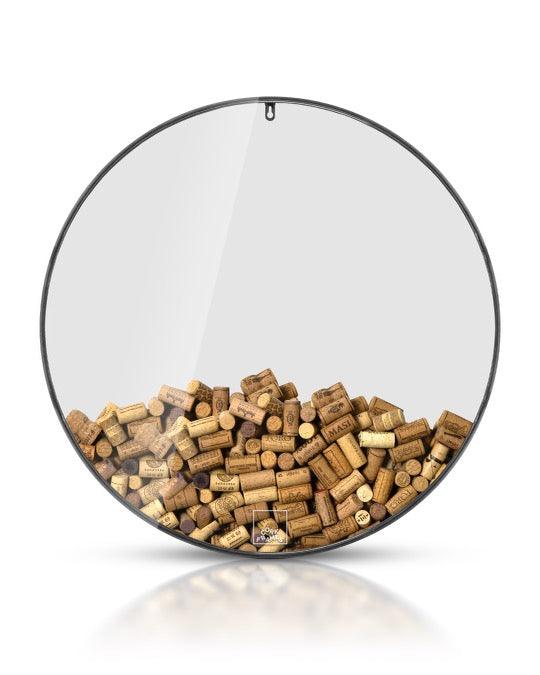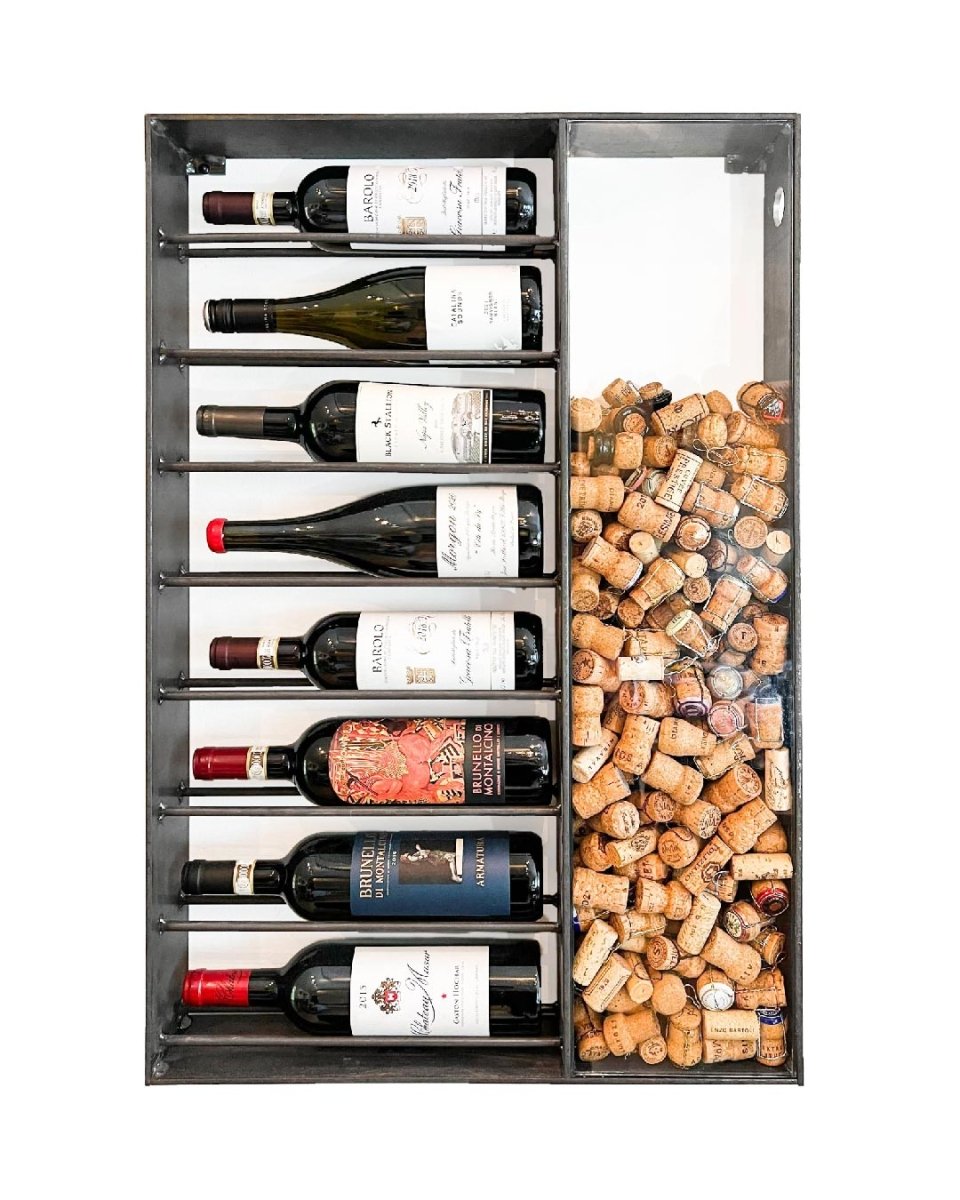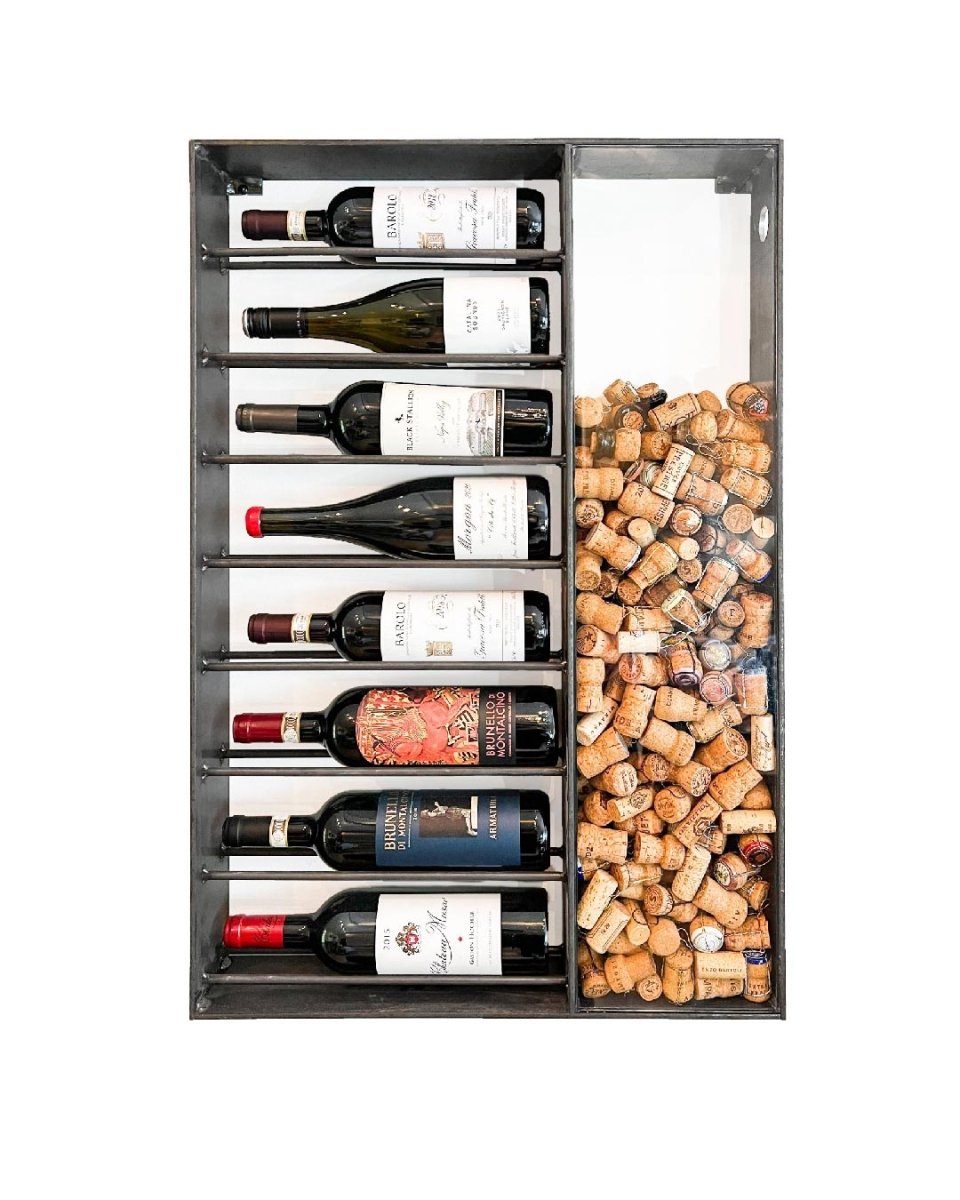Cinsault, historically known as Hermitage, is a red grape variety with deep roots in the wine traditions of the Mediterranean. Though often overshadowed by more prominent varieties, Cinsault holds a unique place in the world of wine due to its versatility, resilience, and ability to produce wines with distinctive character and elegance.
Origins and Cultivation
Cinsault originates from the southern Rhône Valley in France, where it has been cultivated for centuries. It is particularly well-suited to the warm, dry climates of the Mediterranean and thrives in regions such as Provence, Languedoc-Roussillon, and Corsica. Cinsault is also widely grown in South Africa, where it played a significant role in the creation of Pinotage, a cross between Cinsault and Pinot Noir.
The grape is known for its large, juicy berries and its ability to withstand hot, arid conditions. This makes it a valuable component in many rosé wines, particularly those from Provence, as well as in red blends where it adds softness and aromatic complexity.
Flavor Profile and Wine Styles
Cinsault produces wines that are light to medium-bodied with bright acidity, making them refreshing and easy to drink. The flavor profile typically includes notes of red fruits such as strawberries, cherries, and raspberries, often accompanied by floral hints, spices, and a touch of earthiness. These characteristics make Cinsault an ideal grape for producing fresh, lively wines that can be enjoyed young.
While Cinsault is frequently used as a blending grape, particularly in Rhône-style blends, it also shines on its own in varietal wines. These wines are often noted for their delicate, perfumed aromas and soft tannins, making them perfect for a variety of occasions.
Food Pairing and Serving Tips
Cinsault’s light and fruity nature makes it an excellent companion for a wide range of dishes. Here are some pairing suggestions:
-
Grilled Vegetables: The bright acidity and red fruit flavors of Cinsault complement the smoky, charred flavors of grilled vegetables.
-
Mediterranean Cuisine: Cinsault pairs beautifully with Mediterranean dishes, such as ratatouille, couscous, and grilled lamb.
- Seafood: Due to its lighter body, Cinsault can also be paired with richer seafood dishes, such as tuna or salmon.
Serving Tips
-
Temperature: Serve Cinsault slightly chilled, around 14-16°C, to enhance its fresh, fruity character.
- Glassware: Use a medium-sized wine glass to allow the wine’s aromas to develop fully.
Cinsault may not be as well-known as some other grape varieties, but its contribution to the world of wine is significant. Whether as a key component in blends or as a standalone varietal, Cinsault offers a delightful experience with its vibrant flavors, aromatic complexity, and versatility.
For those looking to explore something different yet deeply rooted in tradition, Cinsault is a grape worth discovering.




























